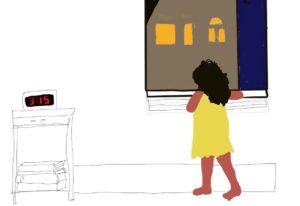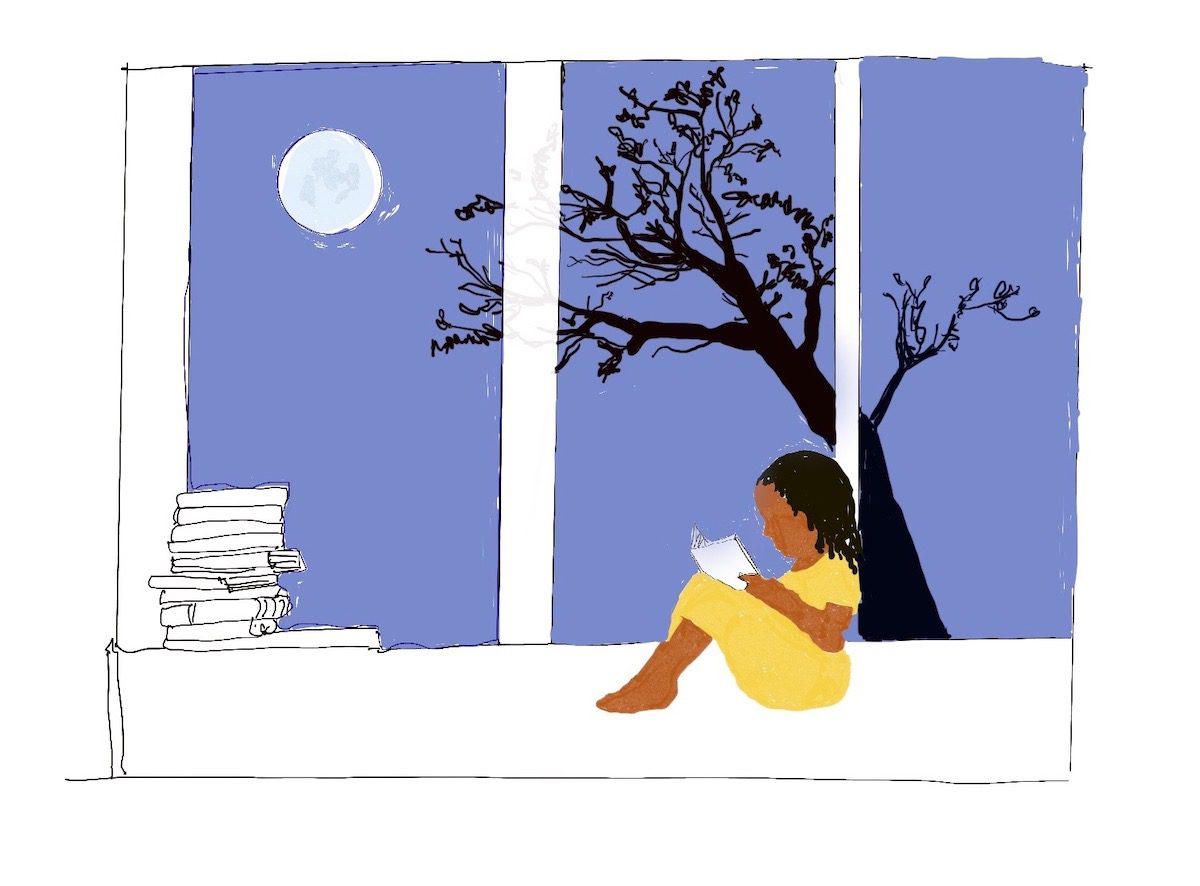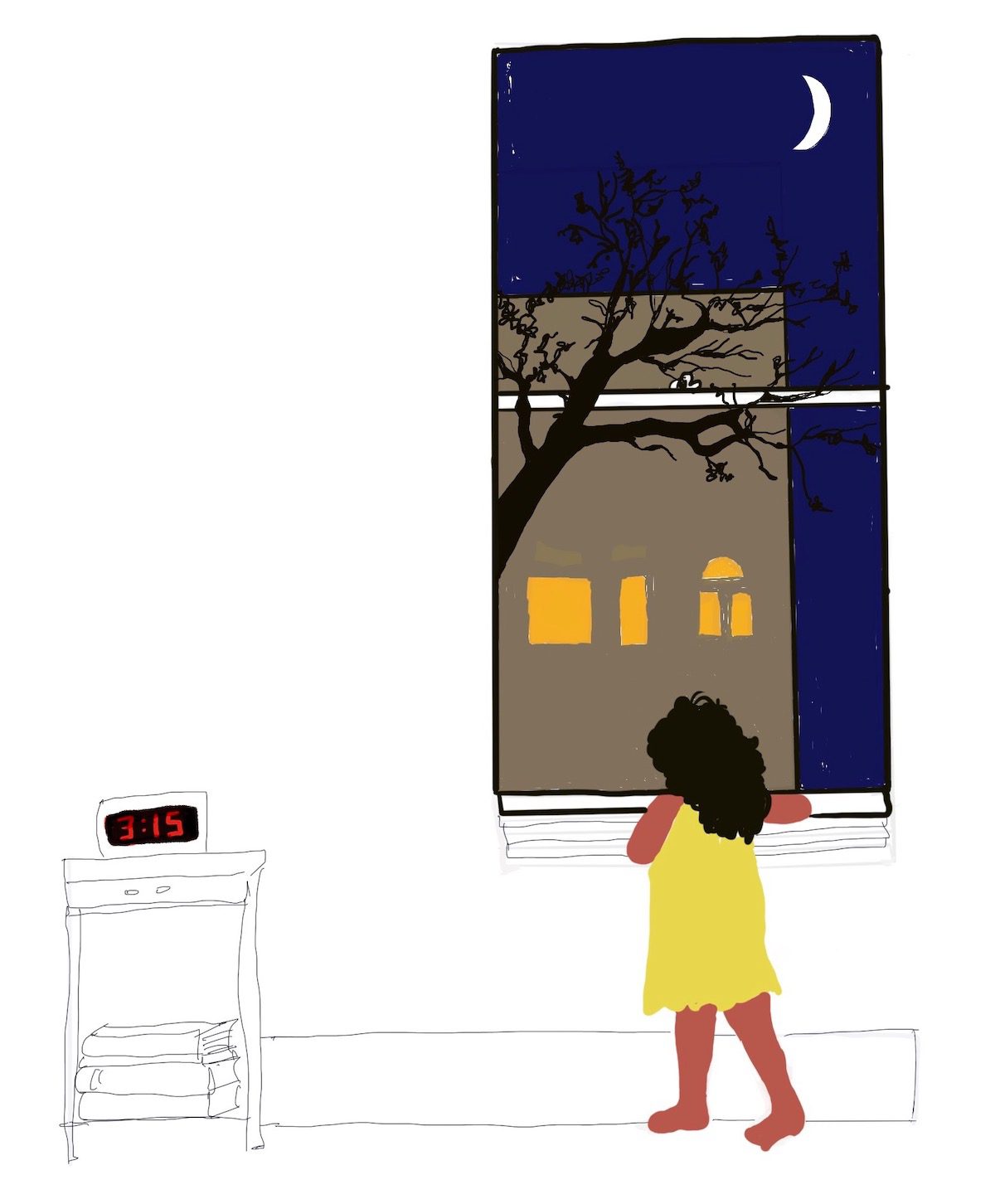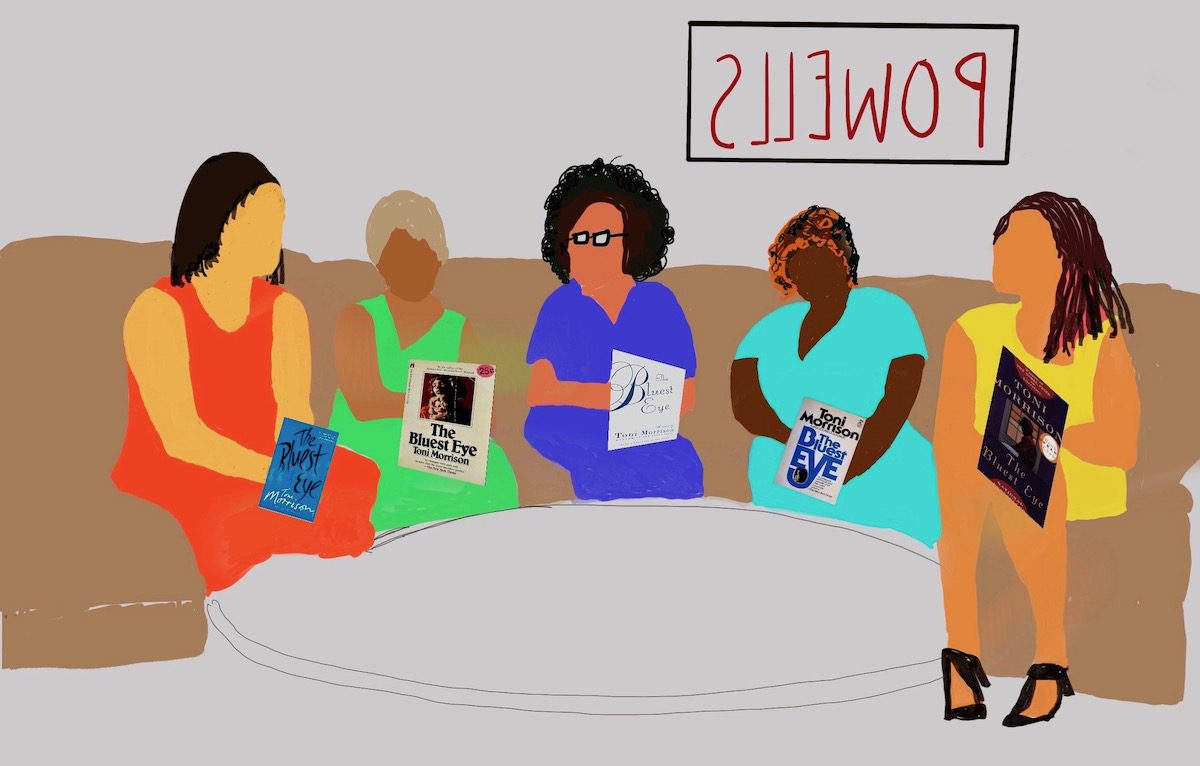
When I first cracked open Toni Morrison’s debut novel The Bluest Eye at twenty-five, I was afraid that I was too late to fully understand Morrison’s brilliance. I’d spent most of my life roaming through the aisles of libraries, so I was accustomed to seeing her name prominently displayed on the spines of her books. I knew how important she was to the cannon of Black literature. I knew that she wrote books that put Black people—especially Black women—at the forefront of her stories.
As a child, I’d read about fifty books a month. I loved reading because it presented me with the chance to escape my troubled home life. I read so many books, and yet, if you’d asked me then when the first time I felt seen in a piece of literature was, I’d have shrugged my shoulders and returned to my book. I didn’t have an answer. For me, characters were white unless otherwise stated. Even though I am a Black woman, I never imagined myself or anyone who looked like me in a leading role in the stories I read. Sassy Black friend? Absolutely. Receptionist or cafeteria worker? Sure. The main character in a romance novel? Unheard of. It wasn’t until college that I’d come across the phrase “white gaze.” Suddenly, it all made sense. It turns out that I was a main character in a story: it just wasn’t a story that I’d read yet.
I thought about the idea of the white gaze often. In fact, many of the essays I have written focus on what white people must think when they call out “Katherine” and I turn my head. Even though I am the main character in my own story, there are still incidents of me putting myself in the background. Morrison wasn’t interested in the white gaze, remarking, “I have spent my entire writing life trying to make sure that the white gaze was not the dominant one in any of my books.” Hearing that both shocked and intrigued me. As the months on the calendar continued to pass, I decided that I couldn’t go another year without reading at least one Toni Morrison book. The trouble was, I didn’t know where to start.
The Well-Read Black Girl book club originated in New York, led by Glory Edim. When I was asked to lead a Portland chapter of the club, I chose The Bluest Eye as our introductory title. By hosting the meetings for WRBG, Powell’s City of Books presented me with the opportunity to create a space that is exclusively for Black women and non-binary people. I hoped that by selecting this classic work, we could discuss this piece of literature together within this unique space. There aren’t many spaces where Black people can simply exist and befriend one another, especially here in Portland, Oregon—my goal was to create a haven where we could do just that. All I had to do was read the book, spread the word that this new group existed, and pray that people showed up.
Diving into The Bluest Eye was harder than I’d thought it would be. Each chapter brought up difficult memories, memories that I hadn’t thought of or spoken about in years. In one chapter, Pecola Breedlove—the little Black girl who is desperately seeking the blue eyes that the novel is titled after—witnesses her mother and father in a bout of domestic violence one early morning. Morrison doesn’t shy away from visceral violence when writing the scene, allowing Mr. and Mrs. Breedlove to use their fists and surrounding objects to take out their frustrations on one another. I had to set the book down; I was reminded of my own childhood. My family lived in Chicago’s Rogers Park neighborhood on the second floor in a brick building in a warm two-bedroom apartment. I’d be sitting in the bedroom I shared with my sister when a crash would inevitably come from another room in the apartment, and I would run out to stop pans from being thrown at bodies or hands from wrapping around the necks. I was too young to be a witness but too old not to realize what was happening. After attempting to pull my parents apart, I’d watch as they both retreated to their separate corners to catch their breath, one pausing to apologize and the other pausing to wipe the blood off their face with a handkerchief kept close by. I’d breathe a sigh of relief and step back into my bedroom, sitting closer to the door this time, hoping that I wouldn’t need to cross the line between child and protector again.
Many parts of Pecola’s story echoed my own: the unbearable loneliness of wanting to belong but not being able to because of something that you aren’t able to control. That feeling of knowing that people don’t see you. When Pecola asked her friend Claudia, “How do you get somebody to love you?” I placed the book facedown on my couch and held my breath. I realized that much like young Claudia, I didn’t know the answer to that question, despite having spent my entire life trying to figure it out. I’ve spent so many years trying to find love in all the wrong places. I’ve attempted to make myself softer, quieter, nicer, whiter. I have allowed myself to shrink when all I wanted to do was to grow. I believed that everything about me needed to be fixed so that one day, someone might see my true potential. I wanted to be a diamond and yet, there I was, an unshaped piece of coal waiting to be pressed.
As a child, I’d wait until my sister was asleep to crawl to my windowsill and pray for God to make me beautiful. I would wait for her breathing to steady, and then I would cry into soft body of the doll that I slept with every night. I cried about how the boys at my school didn’t like me. I cried about how I didn’t think that I had anything of merit to give this precious world. I cried every night, for years. As the bright red numbers on our alarm clock clicked forward, I would crawl out of bed and stare out of the window, attempting to see through the trees that surrounded our apartment. “I’ll be good, I promise. I’ll go to church every Sunday. I’ll stay in my seat in class. I’ll do anything that you want. Just do this for me,” I sobbed, quietly enough to not wake my sister but loud enough so my prayer wouldn’t get lost. Every morning, I’d jump out of bed and race to the bathroom, truly believing that God had answered my prayers. He had seen my struggles and heard my cries. My suffering was over. Then, I would opened my mouth and there they were: chipped, sharp teeth stained brown and yellow due to no fault of my own. God didn’t hear shit. I’d brush my teeth, tears rolling down my face, and tell myself that I would try again that night. God couldn’t ignore me again. He loved me.
It took reading The Bluest Eye to understand that while yes, I was asking God to make me beautiful by presenting me with shiny white teeth, I was also asking Him to make me white with blue eyes as well. I longed to be thought of as endearing instead of as a burden, and as a child, I truly believed that the gateway to being loved in this way was to be white. I yearned for this, and I would have done anything to obtain it, just like Pecola. I’d known that I’d internalized my self-hatred, and that has been a harh tangle to undo. But realizing that my internalization had to do with the fact that my skin was black and not white was another knot altogether. How do you go back and teach yourself to unlearn society’s standards of beauty? How do you unlearn society’s racism? How do you begin to unravel the mess?
It took me twenty-five years to feel seen while reading a piece of literature, and it was Toni Morrison who did this for me. After I turned the last page and closed The Bluest Eye, I sat and I cried. I cried for that Pecola. I cried for Claudia and Frieda and their marigolds that didn’t grow in the fall of 1941. But most importantly, I cried for the little girl who once sat at her windowsill and wept when the moonlight shone through the window and cast a glow onto her brown skin. She thought that she was so ugly, when really, there was nothing ugly about her. Not one damn thing.
This July, a month before the news of Toni Morrison’s death, I sat in a room with thirteen other Black women and spoke about how I wished that I’d read The Bluest Eye when I was younger. How I wished that my sister had woken up one of those nights and told me that everything would one day be okay, even if she didn’t know that for sure. How I wished that someone had let me know that this book was out there, waiting for me, whenever I was ready for it. The women nodded, telling in turn their own stories about colorism and how the world viewed them, and will continue to view them until they’re placed into the soft dirt. We laughed and we cried and we ate, because that’s what Black women do. Most importantly, we loved.
As the women gathered their belongings and we said our goodbyes, many stopped to tell me how important a space like this was for them. One woman said that she could survive another year in Portland just knowing that this group existed for her. I smiled, and I thanked them with my entire heart for attending. It’s been years since I’ve lived in my family’s two-bedroom apartment in Chicago but that night, in Portland, I sat at my windowsill and I watched the light shine through that window and I thanked Morrison for writing The Bluest Eye and for making sure that it got to me in time.
A few days after Toni Morrison’s passing, TIME published an article telling readers where they might start if they haven’t read enough of Morrison’s work. With Morrison, it can be hard to know where to begin: Should you start with one of her eleven novels? Should you consider beginning with of her five children’s books? And what about the play she wrote? Maybe you need to ease in, like I did, because whatever you start with will be your first Toni Morrison book. In the end, it doesn’t really matter where you begin. You can start anywhere in Morrison’s catalogue and still be changed. And it doesn’t matter when you start. Her work is forever timeless. There’s a reason why Toni Morrison is considered the greatest American author, living or dead.
It’s never too late to read Toni Morrison for the first time.
***
Rumpus original art by Susan Ito.







